
© Jasmine Yuen
Field Trip: Central Park Zoo
05 March 2019
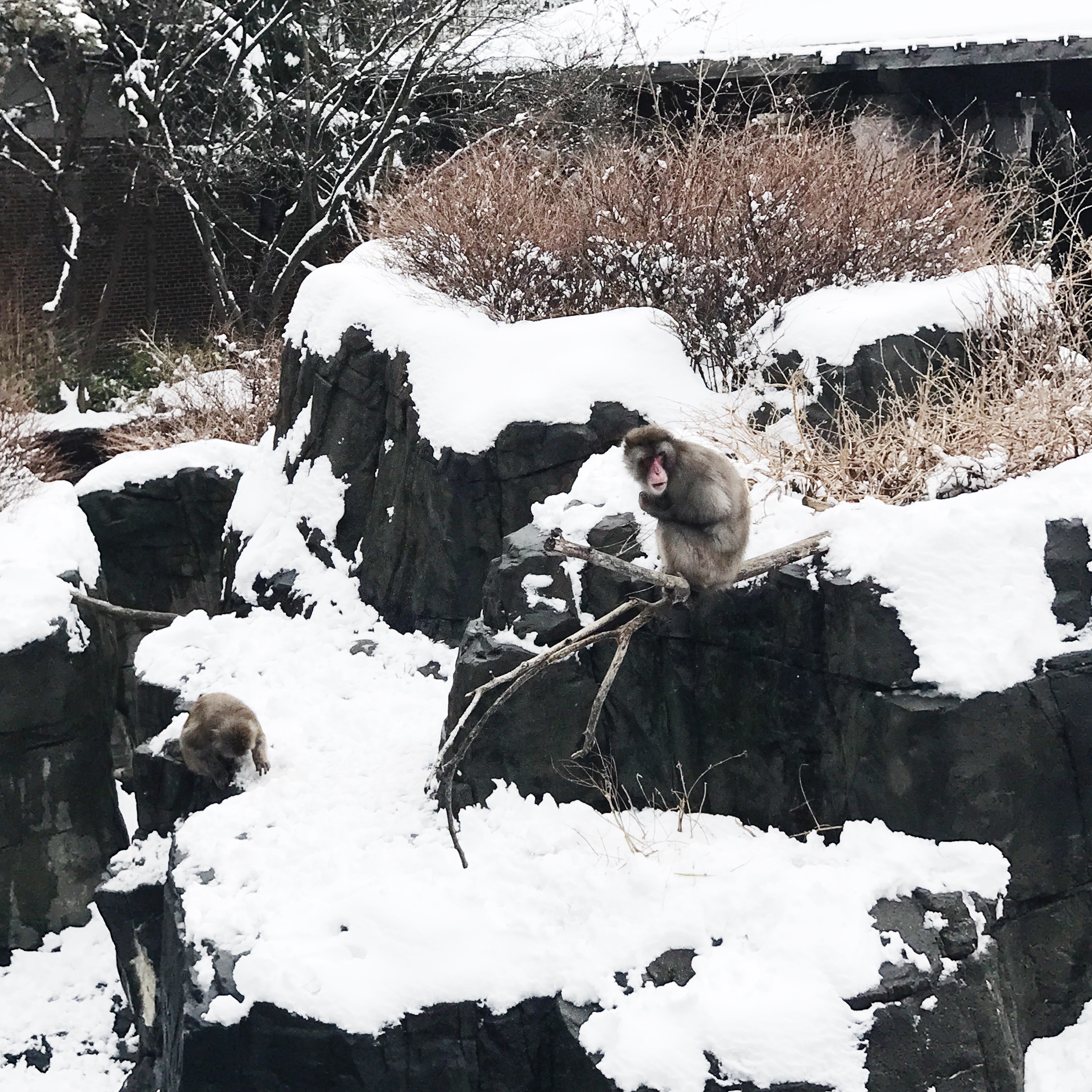
Japanese Macaque - Snow Monkeys
The Japanese Macaque is a medium sized Monkey found in a variety of different habitats throughout Japan. The Japanese Macaque is also known as the Snow Monkey as they are often found living in colder regions of the country where heavy snowfall is common during the winter. They are the world's most northern living Monkey species and have adapted incredibly to their surroundings and changing seasons.
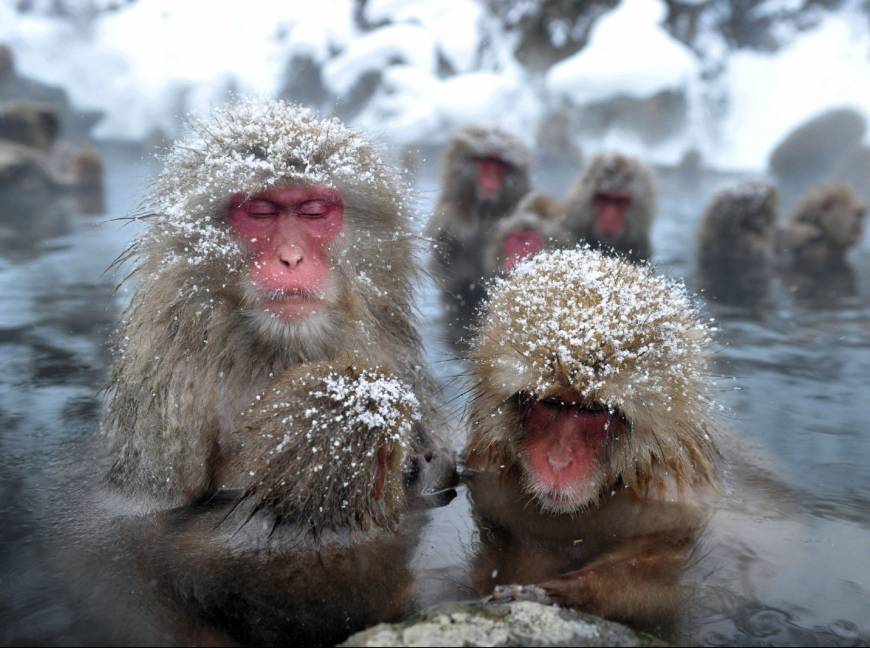
The Japanese Macaque has a stocky body with a naked, red face. Their thick, furry coat is usually grey or brown in colour, sometimes with a slightly mottled pattern, and grows thicker during the winter months to allow the Japanese Macaque to stay warm in freezing conditions. Like other Monkey species, the Japanese Macaque has opposable thumbs, allowing it to grasp and hold objects and is able to walk on just its hind legs when it has something in its hands. The Japanese Macaque also has large pouches in its cheeks, which allow it to store food whilst foraging. They have a relatively short tail for their body size (in the same way as other primarily ground-dwelling Monkeys), and males tend to be somewhat larger than their female counterparts.
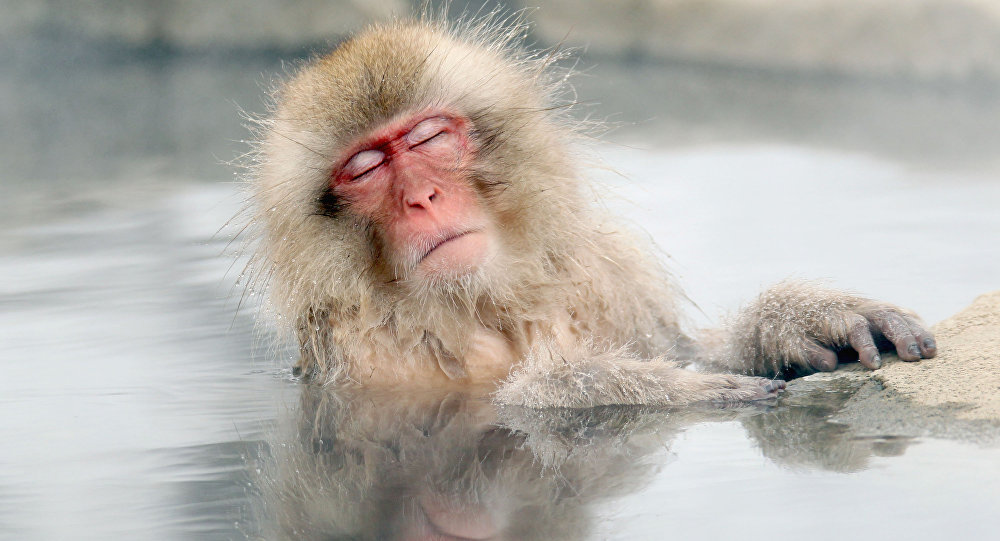
Japanese Macaques live together in troops that are led by the alpha male and usually consist of between 20 and 30 individuals. The alpha male not only helps to sire young, but also decides where the troop should go, and protects it from both predators and other troops. Social rank is very important in Japanese Macaque society, and consist of both males and females, with the male's rank often determined by his age. Offspring however, are also thought to inherit the rank of their mother with younger siblings often outranking their older brothers and sisters. Japanese Macaques are incredibly sociable animals, particularly the females who tend to remain in the same troop for their whole lives, and spend their time together, grooming and raising the troop's young.
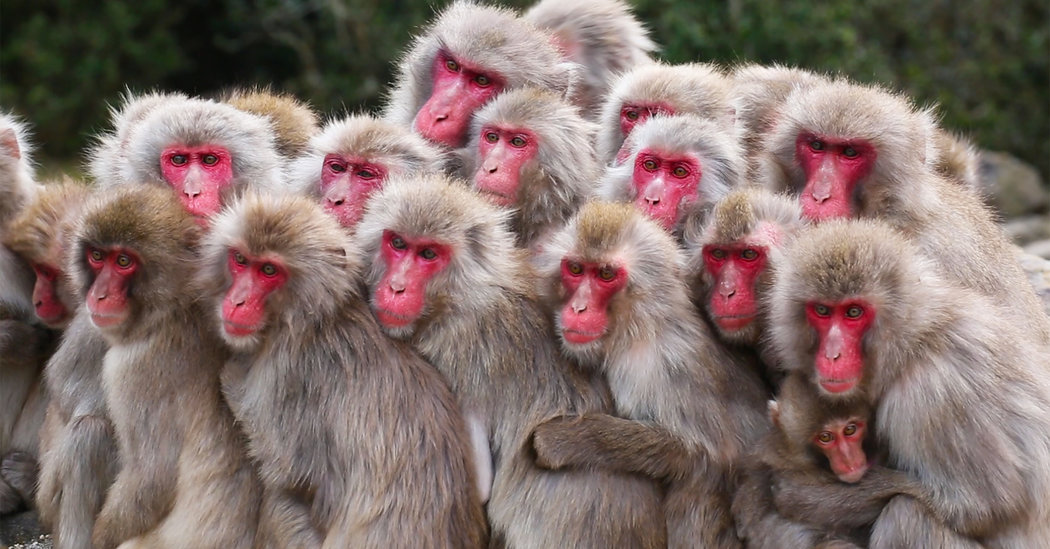
The Japanese Macaque is an omnivorous animal meaning that it forages for both plants and smaller animals in order to survive. Unlike a number of other monkey species, Japanese Macaques are primarily ground-dwelling so the majority of their foraging is done on the ground. They mainly eat fruits, berries, seeds, young leaves and flowers which they pick from the surrounding vegetation before storing it in their cheek pouches, so that they can continue to gather more. They also supplement their diet with Crabs, Insects and Bird's eggs particularly during the colder winter months when there are slim pickings on the branches. Japanese Macaque babies feed on their mother's milk until they are able to begin eating more solid foods.
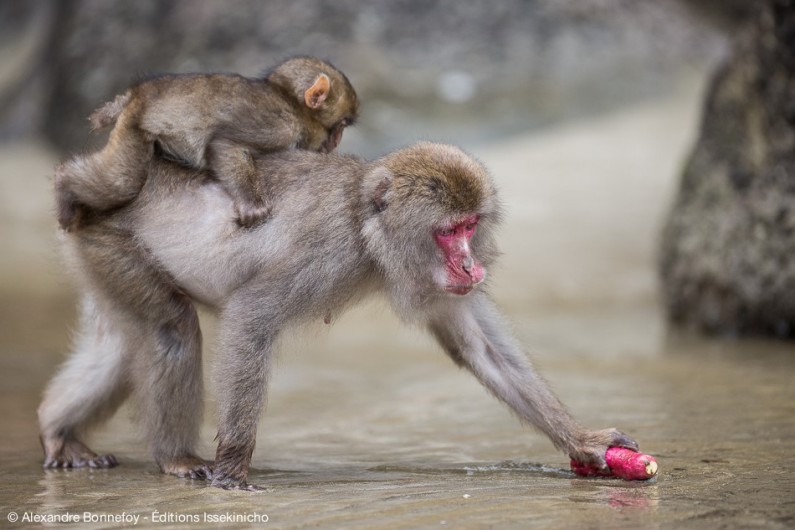
Ethogram: 190302 / 2pm - 2:30pm
